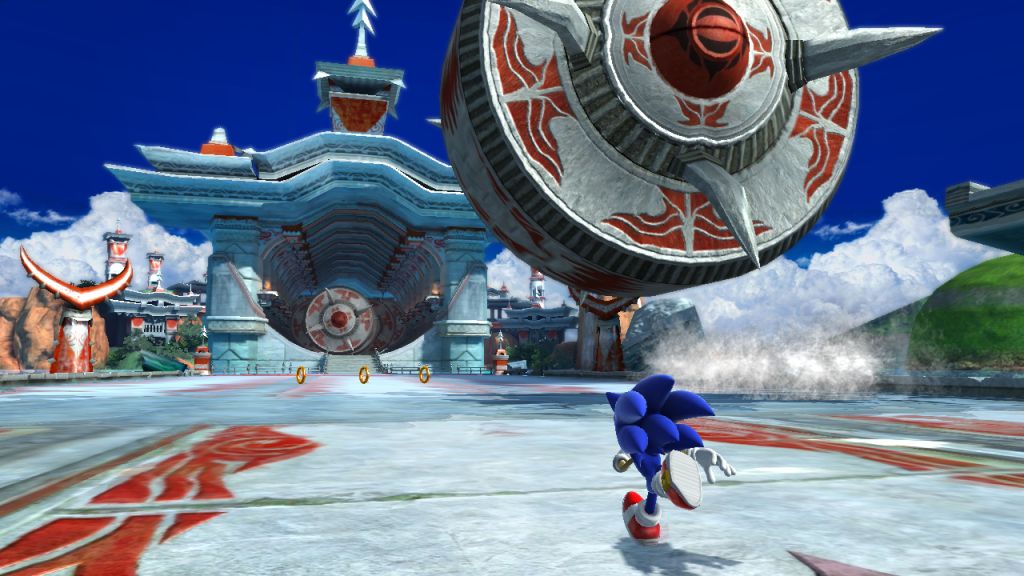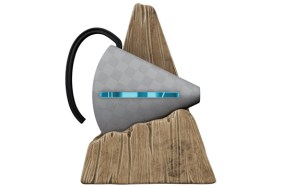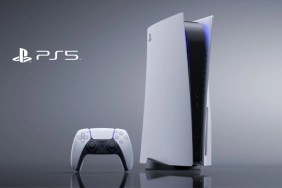Mark Cerny’s (second) interview with Wired about the PlayStation 5 has revealed quite a few details about the console, including finally having an official name and release window. Perhaps one of the most interesting new facets is the solid state hard drive, and how it will assist with both loading and installing games.
This actually isn’t the first time the PlayStation 5 and…








